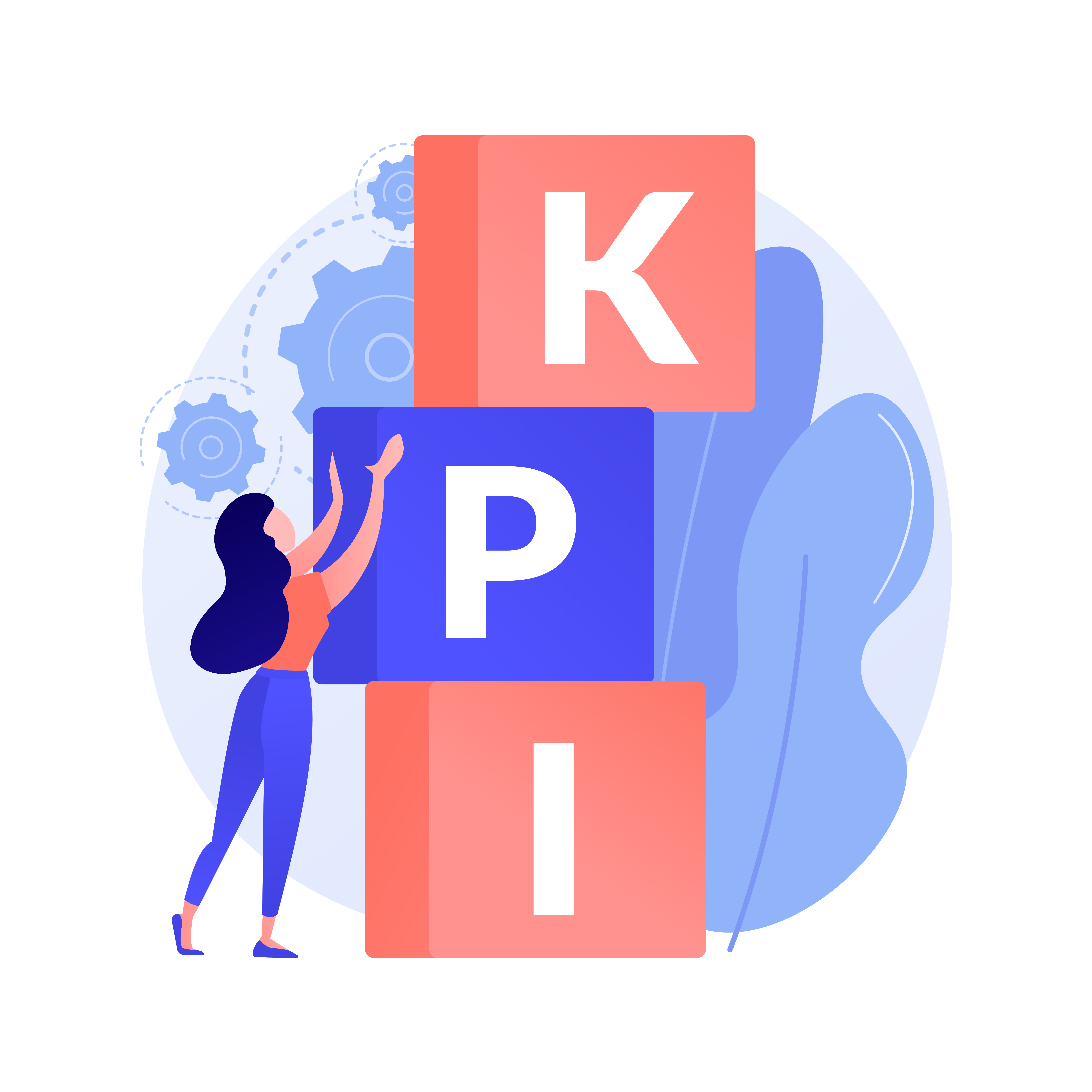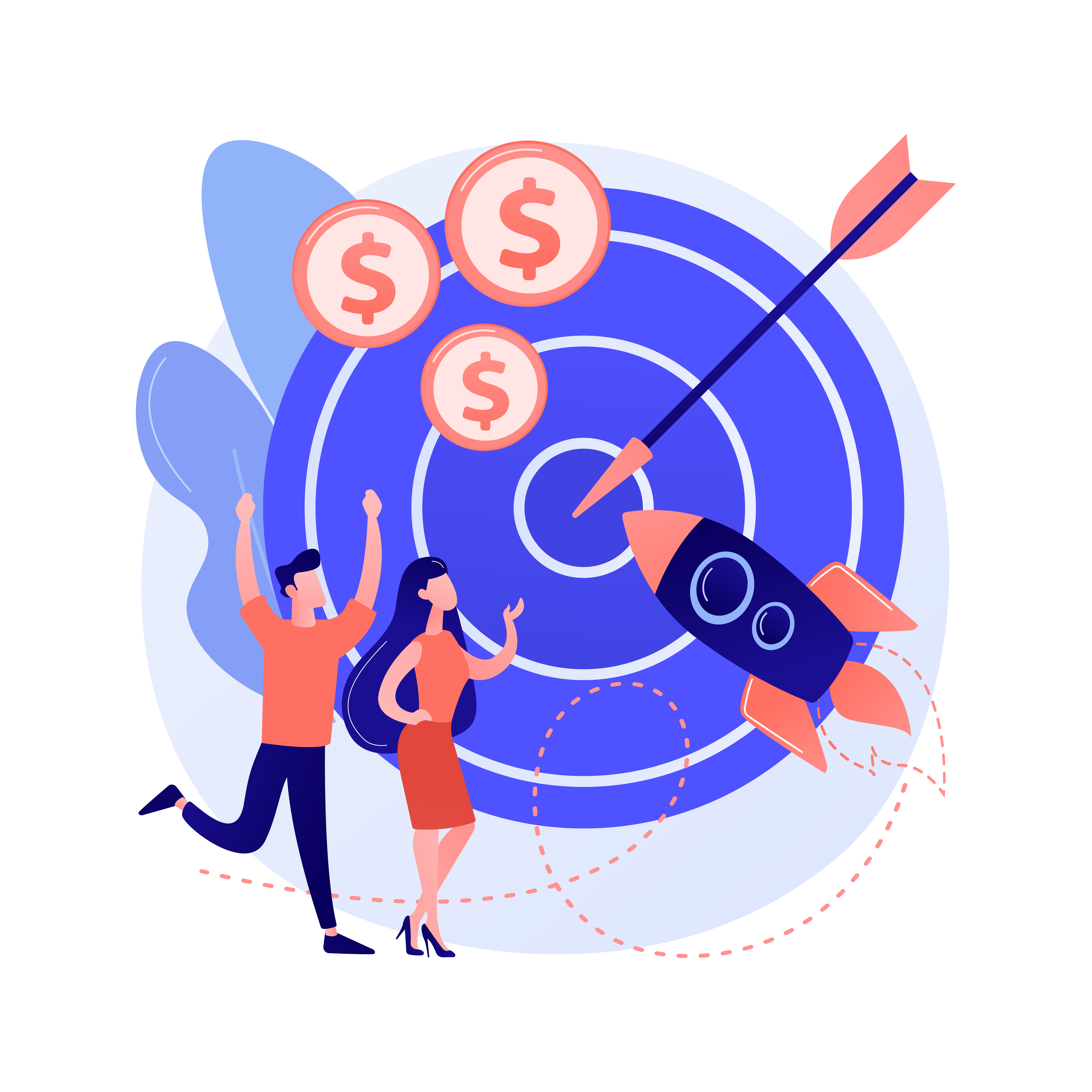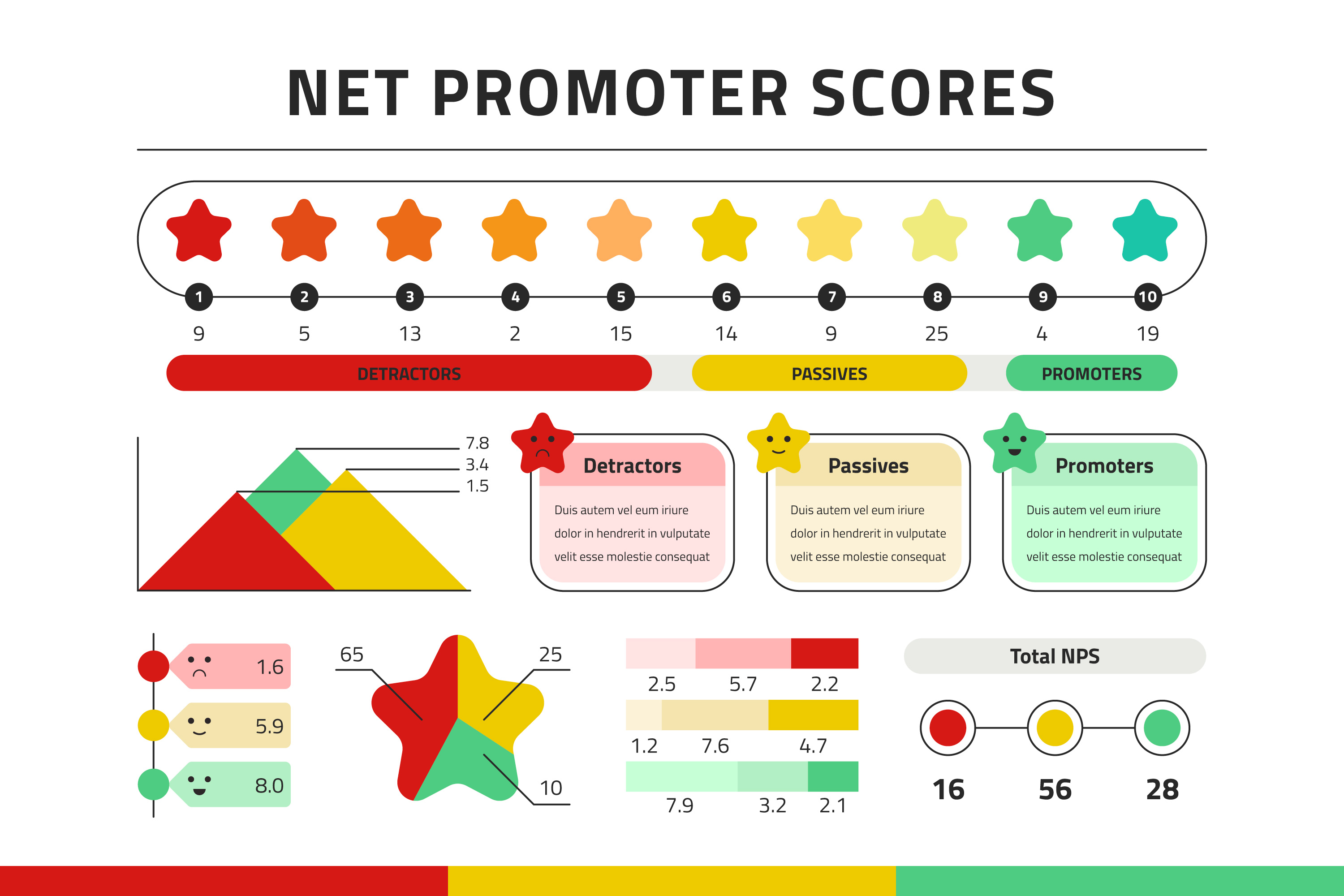8 Best Sales Key Performance Indicators (KPIs) for Your Spa Business

In today's highly competitive spa industry, understanding and harnessing the power of data is crucial for success. Sales Key Performance Indicators (KPIs) are the compass that guides a business toward its goals and objectives. They provide the real-time feedback necessary to make informed decisions, refine strategies, and ultimately enhance the customer experience. In this comprehensive guide, spa professionals will discover the top KPIs their business should be tracking to drive sales, increase customer retention, and foster a thriving business ecosystem.
1. Monthly Sales Target
Setting a realistic Monthly Sales Target is the first step to boosting revenue and gives your spa a clear focus. This KPI is like having a destination on a road trip; it tells you how far you are from your goals. To set an effective monthly sales target, consider historical data, seasonal trends, and external factors such as market competition. Once in place, tracking your progress is simple: compare actual sales to the target. This KPI not only indicates if your spa’s revenue is on track but also signals any deviations that may require corrective action.
Why Monthly Sales Target Matters
- A solid target motivates the team, and when met or exceeded, builds morale.
- It highlights areas of improvement, whether that be marketing efforts or service sales.
- Provides actionable data for effective inventory management and resource allocation.

2. Stock Turnover Rate
The Stock Turnover Rate reveals how efficiently your spa is managing inventory. High stock turnover can indicate demand for popular products, while a low rate can be a signal to adjust purchasing or marketing strategies for slow-moving items. Calculating this KPI is simple: divide the cost of goods sold by the average inventory value. A higher value means faster turnover, which is generally more profitable.
Why Stock Turnover Rate Matters
- Efficient turnover minimizes carrying costs and eliminates deadstock.
- Signals demand trends, helping to make smarter inventory purchasing decisions.
- Serves as an indicator of which products are preferred by spa clients.
3. Average Customer Spending
Understanding the Average Customer Spending helps to pinpoint opportunities to increase sales. By calculating the total revenue generated from all clients and dividing it by the number of transactions, you get a clear picture of spending behavior. This KPI can help determine if your pricing strategy is effective or if there is room to upsell or cross-sell.
Why Average Customer Spending Matters
- Positively correlates with profitability and can help set sales goals.
- This indicates customer satisfaction, as happier customers tend to spend more.
- Provides insight into service bundling and package effectiveness.

4. Cross-selling Rate
The Cross-selling Rate is a measure of additional products or services sold alongside a primary purchase. This KPI signifies your team's ability to suggest and promote related items. Encouraging cross-selling not only increases the value of each transaction but also enhances the customer experience by offering a more comprehensive solution.
Why Cross-selling Rate Matters
- Drives profitability by increasing the average transaction value.
- Bolster's customer satisfaction through tailored product recommendations.
- Shows the effectiveness of marketing and sales training efforts.
5. Social Media Usage
Social Media Usage is an invaluable KPI for spas aiming to expand their reach and connect with clientele. Platforms like Instagram and Facebook are prime real estate for showcasing spa services, promoting sales, and building a brand image. Tracking social media engagement, follower growth, and post-performance can provide insights into your digital marketing effectiveness.

Why Social Media Usage Matters
- Amplifies brand presence and can lead to direct sales through online promotion.
- Fosters community engagement and showcases customer testimonials, driving trust and loyalty.
- Offers a real-time pulse on consumer sentiment and interests, guiding marketing content.
6. Follow-up Rate
A strong Follow-up Rate is indicative of a proactive and customer-centric approach to sales. Whether through post-appointment emails or phone calls, following up not only shows that you care but also presents opportunities for additional services or product sales. This KPI is crucial in a service-driven industry like spas where repeat business and customer trust are central to success.
Why Follow-up Rate Matters
- Increases customer retention by maintaining a connection with clients.
- Delivers opportunities for feedback, which can lead to service enhancements.
- Provides chances to address any issues or concerns, ensuring a positive customer experience.

7. Churn Rate
In the spa industry, customer loyalty is golden. Churn Rate measures the percentage of customers who stop using your services over a specific period. A high churn can be a sign of customer dissatisfaction, while a low churn rate indicates strong customer relationships. Reducing churn is often more cost-effective than acquiring new customers and directly impacts your bottom line.
Why Churn Rate Matters
- High churn underscores the need to improve service quality and customer satisfaction.
- Low churn indicates service excellence and effective retention strategies.
- Helps identify trends that trigger customer disengagement, allowing you to address them proactively.
8. Net Promoter Score
The Net Promoter Score (NPS) is a customer loyalty metric that measures the likelihood of a customer recommending your spa to others. In a service industry like a spa, this KPI is particularly significant as it reflects the fulfillment of a very personal need. A high NPS means your customers are not only satisfied but are advocates for your business.

Why Net Promoter Score Matters
- Serves as a key barometer of customer satisfaction and loyalty.
- Provides actionable feedback for areas of improvement or for strengths to leverage.
- Influences new customer acquisition and organic business growth through referrals.
Harnessing the Power of KPIs for Your Spa Business
Implementing and tracking these KPIs gives spa owners and managers a deep understanding of their business's performance and the levers they can pull to drive growth and success. It's important to remember that while sales figures are essential, they should be viewed in the context of the customer experience and the long-term health of the business.
Consistently monitoring and analyzing these KPIs will enable spas to make data-driven decisions, enhance their service offering, and differentiate themselves in a crowded marketplace. With a finger on the pulse of these performance indicators, spa businesses are better equipped to adapt to customer needs, improve operational efficiencies, and build a brand that customers are excited to return to.